Stranorlar
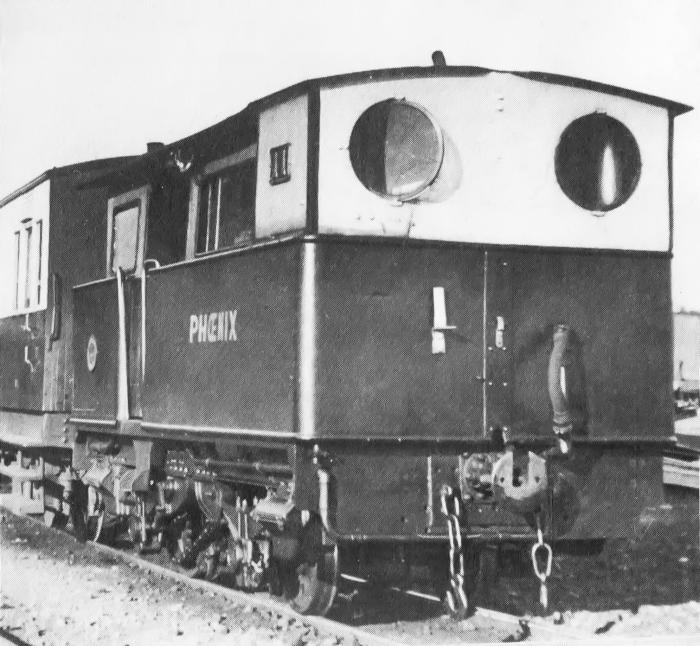
In Phoenix’s earlier years it was allowed main line duties. This is the celebrated pioneer diesel locomotive at Stranorlar with a train from Strabane. September 1938. Its performance wasn’t that good however, mainly due to a fairly low top speed of 27mph. Thus it got related to Strabane where it spent the rest of its working life as a shunter.
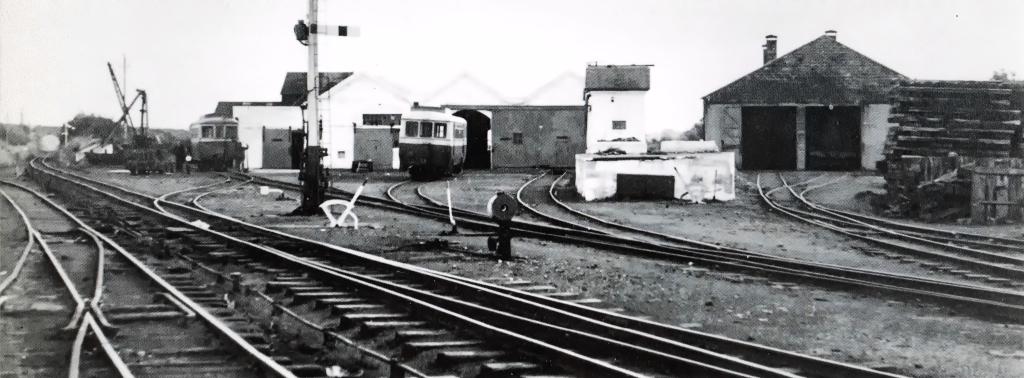
Stranorlar had an extensive works for the maintenance of rolling stock. That for the railcars on the left, locomotives on the right. Picture early 1950s.
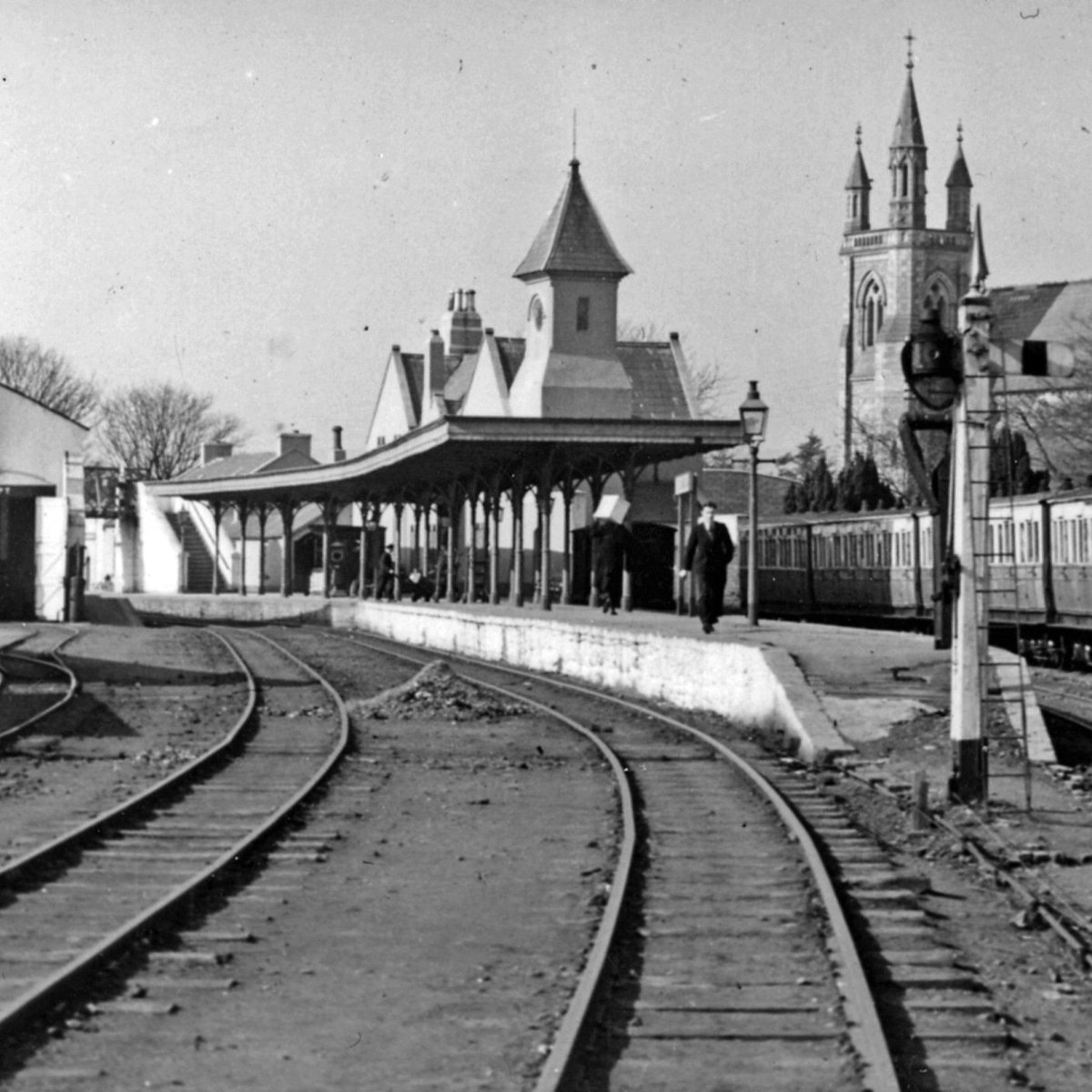
Stranorlar station in 1948. Source: Twitter.
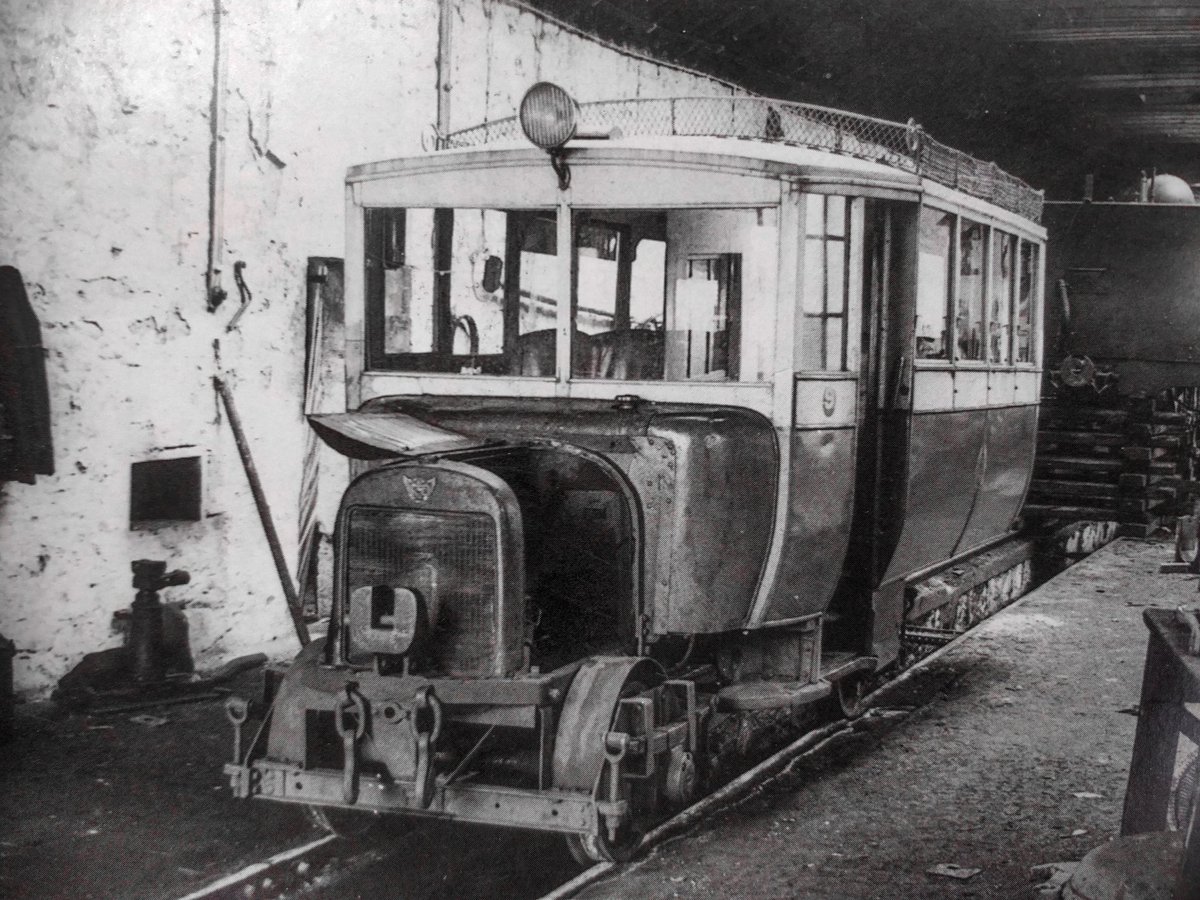
Railcar 19 at Stranorlar workshops. This was actually a bus converted to rail use! Source: Twitter.
From Stranorlar the railway had a considerable climb of just over 500 feet in a distance of about six miles. This ascent took the railway to its summit at Derg bridge, just before Lough Mourne. It then descended nigh on 500 feet again by way of a more leisurely descent in the twelve miles from Lough Mourne to Donegal, with a good part of this section being through the famous Barnesmore Gap.
Stations were at Meenglas, Barnesmore, Lough Eske and Clar Bridge.
Lough Mourne

Railcar 20 during a special stop by the shores of Lough Mourne. The Barnesmore Gap can be seen in the distance. Source: Flickr.
Barnesmore Gap
The spectacular gap was essentially a ready made pass through the Blue Stack mountains of Donegal. Both rail and road found it of great use. The railway itself clung to the sides of the hills, considerably higher up than the roadway – and it was quite a spectacle to see the narrow gauge trains making their way through the gap.
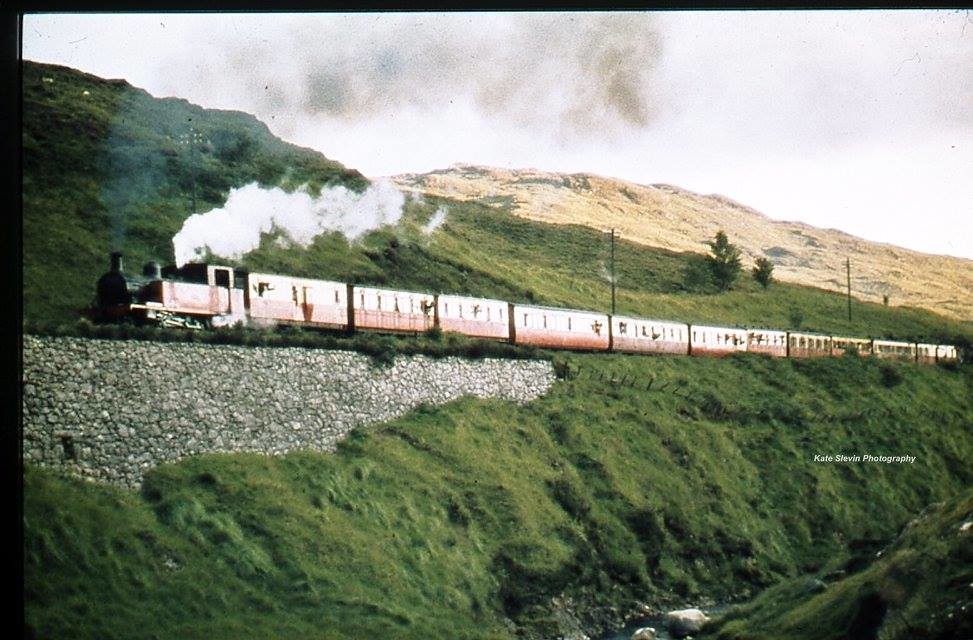
Meenglas heading up the Barnesmore Gap with a eleven coach train on a special excursion August 1959. Source: Flickr.
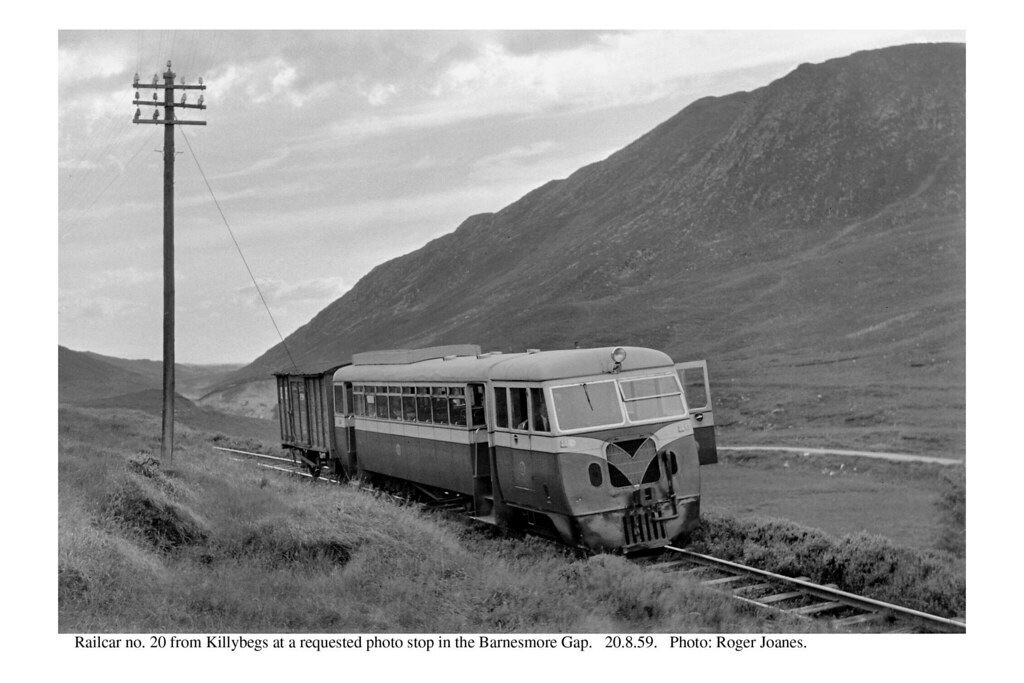
Impromptu photo stop in the Barnesmore Gap heading from Donegal towards Stranorlar. August 1959. Source: Flickr.

Meenglas with the same excursion seen earlier passing Barnesmore halt heading for Ballyshannon. August 1959. Source: Flickr.
Lough Eske
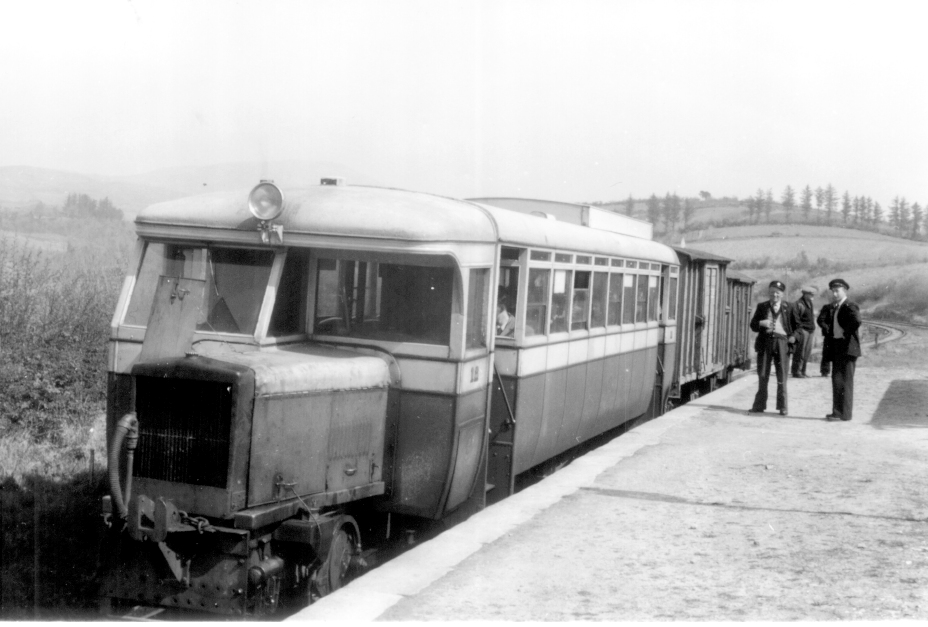
Lough Eske – railcar no.12 and a couple of vans heading west. Source: Twitter.
Donegal
The next station of importance is that at Donegal. The buildings still exist and there’s a heritage centre centering on the former 3 foot gauge network. Many – even the railway itself – knew the station as Donegal Town, probably because it was almost right in the centre of town! But perhaps more so because it was in fact the county town.
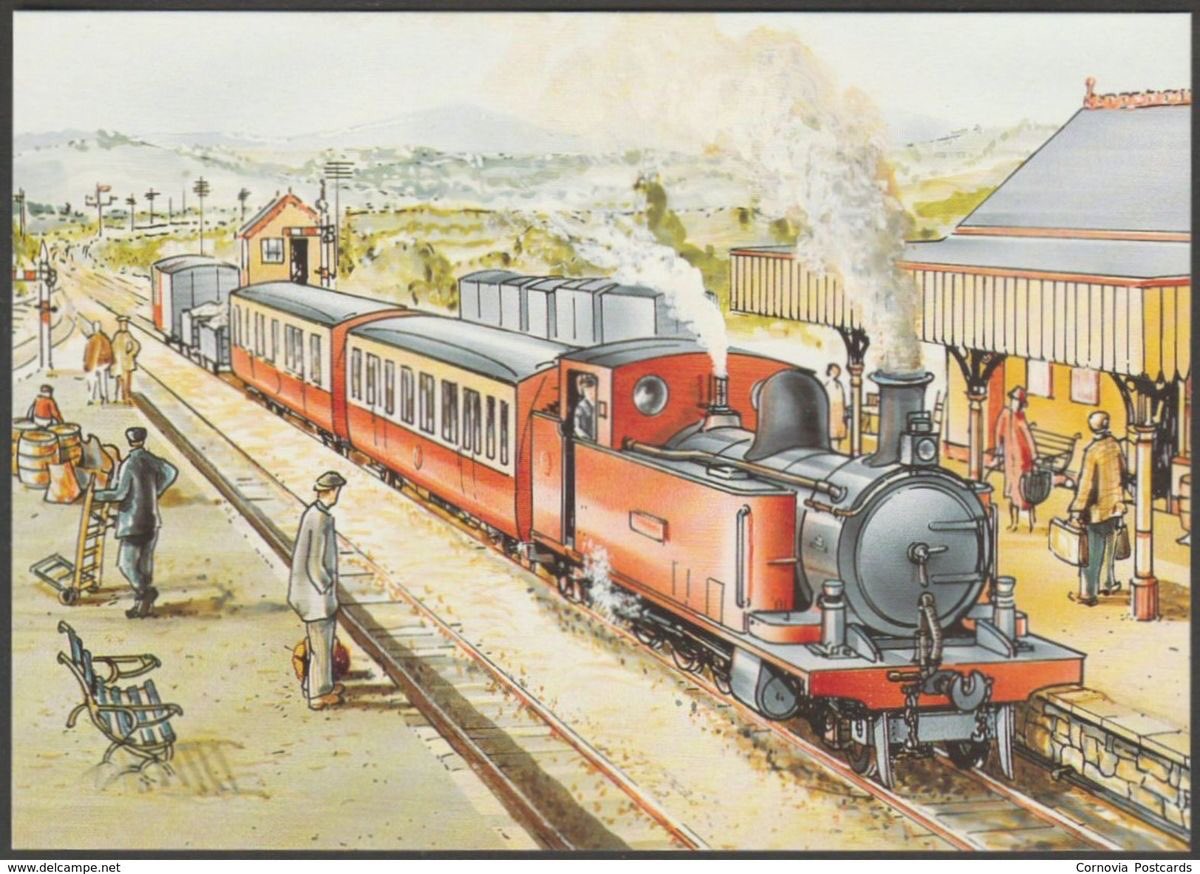
Colourful artwork depicting a train at Donegal Town. Source: Twitter.
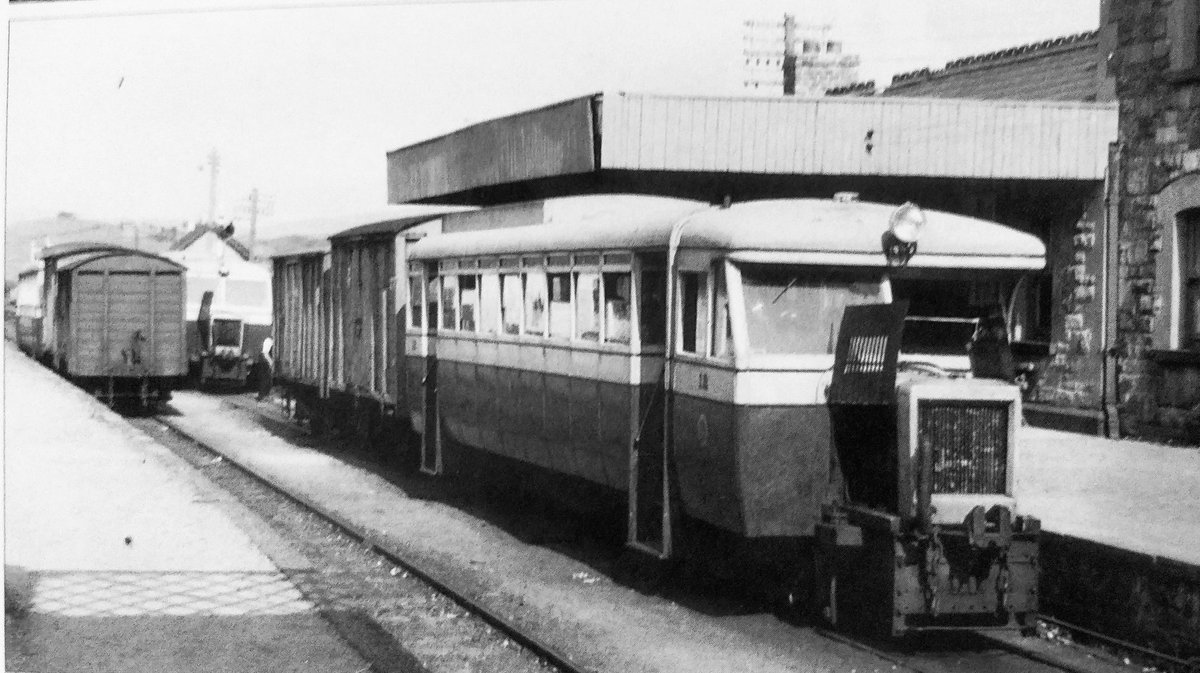
Railcar 12 at Donegal Town in May 1957. Source: Twitter.
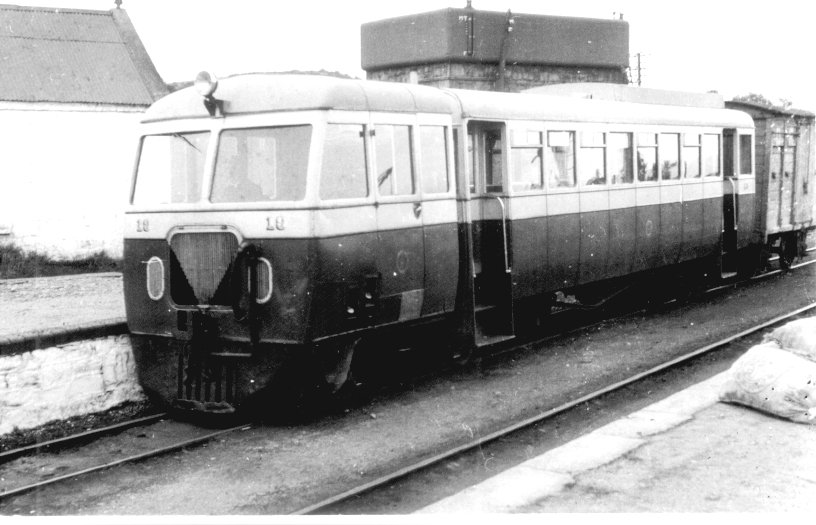
Railcar 19 at Donegal Town in 1958. Source: Twitter.
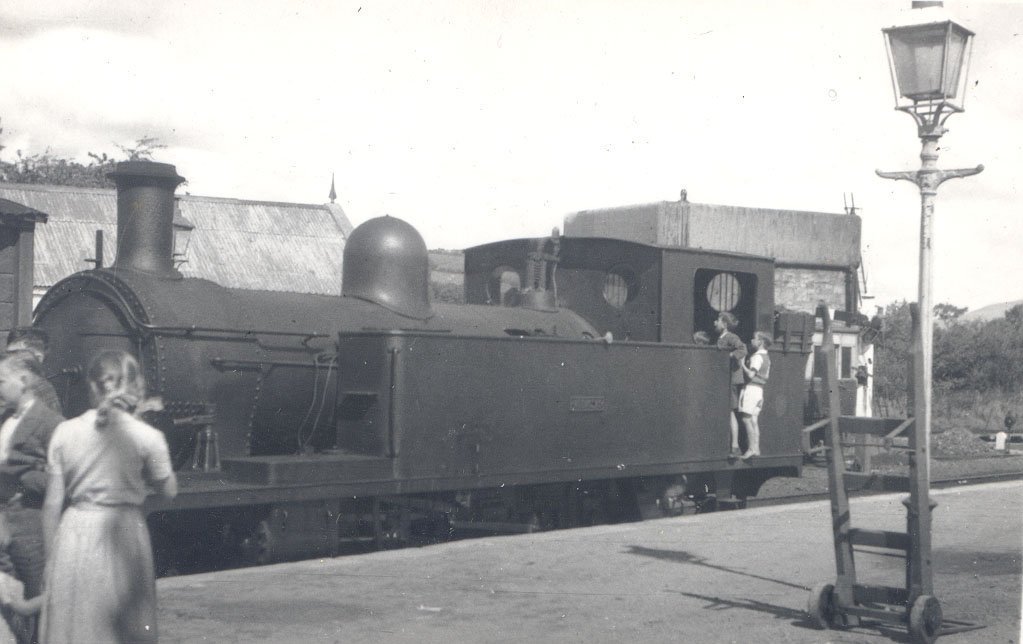
Unidentified Class 5 at Donegal on an eastbound train. Source: Twitter.
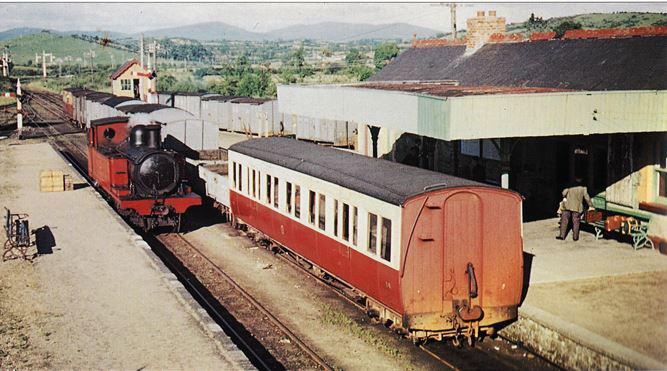
Colour pic of Donegal Town with a 5T present. Source: Twitter.
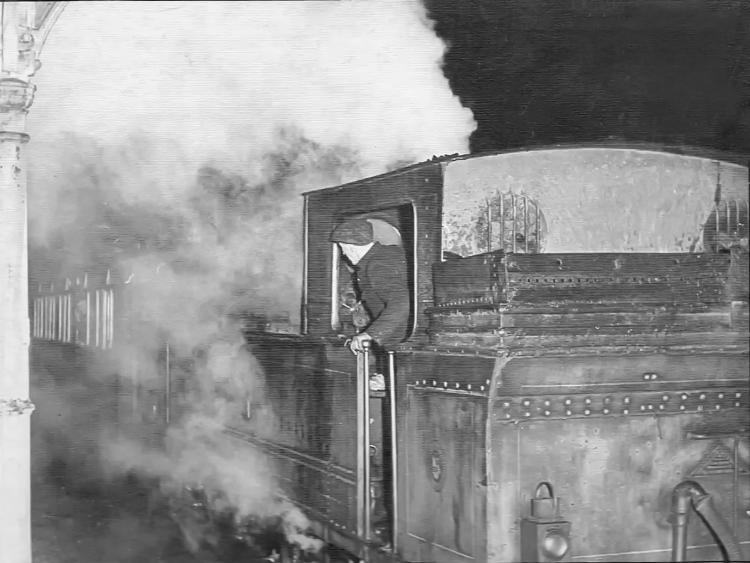
Night time pics are almost non-existent however this one’s from an early ‘Phoenix.’ Its No5 at Donegal Town.
(The Phoenix was the journal of the South Donegal Railway Preservation Society and first published in 1991. It of course featured many photographs and stories of the CDRJC not featured anywhere else. The Phoenix continues to be published to this day by the Donegal Railway Heritage Centre.)

Meenglas at Donegal Town with only four more months of rail services left. August 1959. Source: Flickr.
The line from Donegal to Killybegs is shown in part two. It was an extremely long branch with many features and stations. That wasn’t to be the end of the line however. There were proposals to extend the railway as far as Teelin pier, a strategic location in terms of government facilities, a fishing port and outstanding scenery. It would have been expensive to build as the route was very hilly.
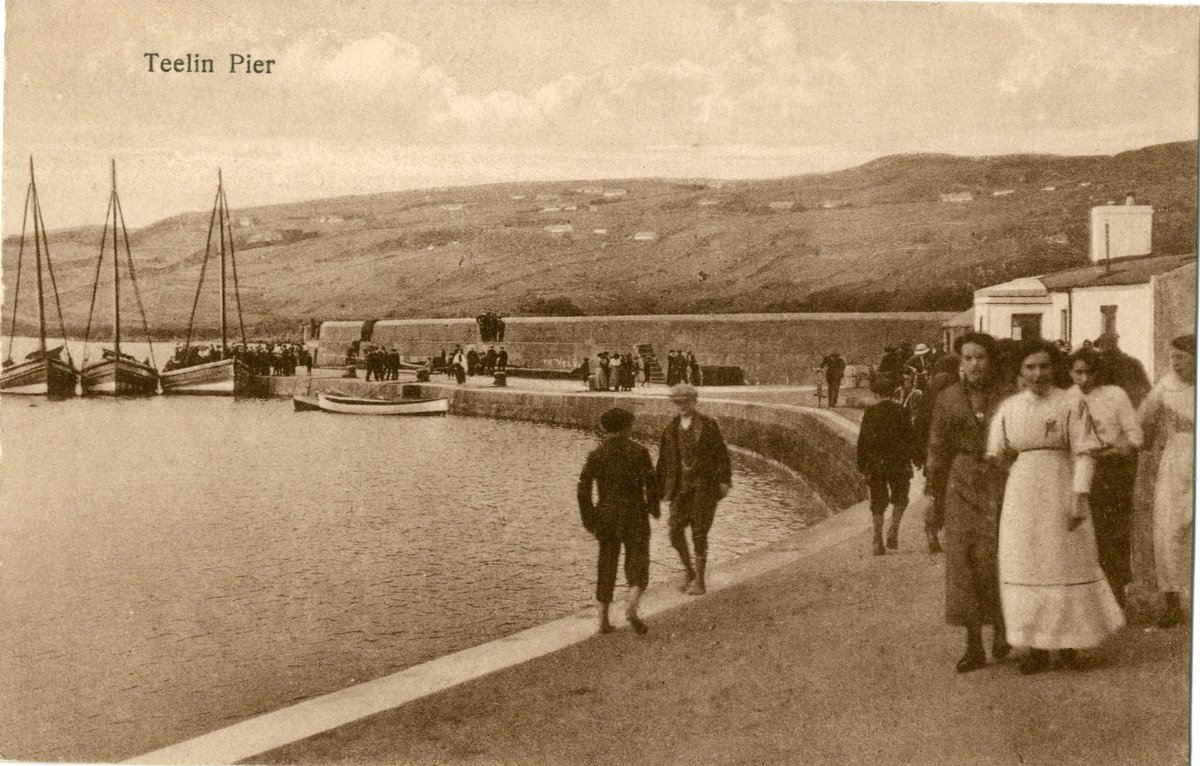
Teelin Pier, once the proposed terminus for the Donegal Railway. Source: Twitter.
The County Donegal Railways #1

3 responses to “The County Donegal Railways”
Excellent blog!
I am sketching out a blog of my own on the route of the Glenties Branch and wondered if you would object to me linking two photos from your blog – of the station at Stranorlar. Usually when a link is made the picture automatically gets included in my blog.
Sincerely
Roger
Its okay! Its just that when you say automatically linked, link rot is a problem in keeping any historic content on the internet alive and I struggle to keep all the context exactly as it was when first published. Glad you liked my posts on the CDRJC. Thanks! 🙂
Very interesting site. In the photo at Castlefin 1.1.60 I think that is Ricky Dunnion who was a great friend to me when I was in Londonderry Waterside in the late 60’s and early 70’s when the Donegal freight came through there.